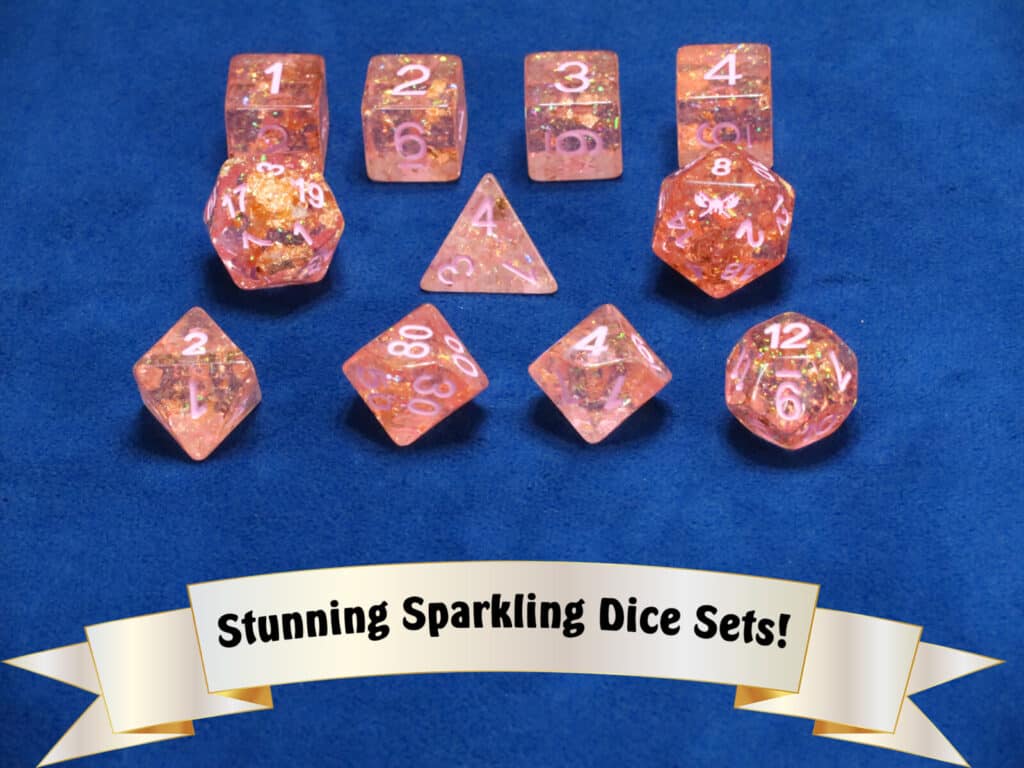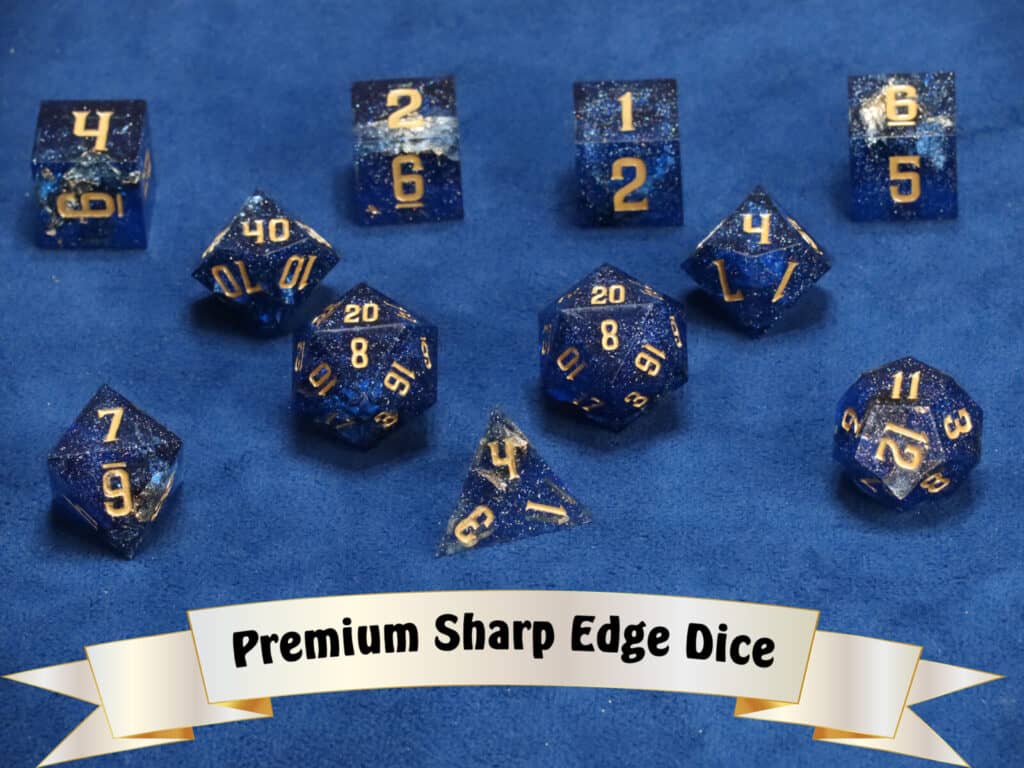Some feats in 5E Dungeons & Dragons are so powerful or versatile that they are on everyone’s short list. Durable is not one of those feats, and this full guide will show why many players and DMs of the 5th Ed system consider this feat to be trash.
Durable is generally considered a terrible feat by most experienced 5th Edition players and DMs in Dungeons & Dragons. Most use home rules that eliminate the need for durable entirely, and even by the book it offers very little benefit even at low levels where it is most useful.
Durable is meant to be a feat that helps with healing during short rests, and while in theory it has some interesting mechanics that can seem OP on the surface…it’s not. Not even close.
Read on for the full run down of the 5E Durable Feat and why it falls so short in most 5th Ed sessions.

Breaking Down the Durable Feat
There’s not a whole lot to break down as an overall concept. The 5E Durable feat is designed to help maximize healing primarily during short rests. There are two ways to view how this is aimed: at helping low HP classes like wizard or sorcerer get more of those precious hit points back or helping high HP classes like barbarians. Either way it’s not a good long-term pick for a feat.
Directly from the Player’s Handbook:
Hardy and resilient, you gain the following benefits:
- Increase your Constitution score by 1, to a maximum of 20.
- When you roll a hit die to regain hit points the minimum number of hit points you regain from the roll equals twice your Constitution modifier (minimum of 2).
So let’s break these down further.
Benefit #1: Increasing the Constitution score by +1
Constitution is a very good stat to take from an odd number to an even one. Especially since each upgrade in Constitution modifier adds an additional HP per level. So 12 HP to a standard Level 12 campaign or a full 20 HP for a full legendary campaign.
Not to mention Constitution is one of the few abilities that is valuable for every class because of the important saves and Hit Point granting modifier.
Benefit #2: Whenever you roll a hit die to regain hit points the minimum number gained from the roll is twice the Constitution modifier.
It’s easy to get lost in the math on this one, but there are a few really important things to note:
- A player needs a minimum Constitution of 11 (12 with the +1 from the feat) for the feat to work
- It’s rare when you run out of hit die during a session, much less a short rest
- If your table plays by the common house rule of max HP recovered per hit die, this feat is automatically rendered useless
This feat doesn’t give extra hit points, unless the +1 gets you to the next even number for Constitution to up the modifier. Though it’s worth noting a 1+1 ability score split in that case would do the same thing.
This also only kicks in once the player had a positive modifier meaning a minimum of a Con 12 is needed…though in fairness it’s rare to see a CON score this low because of how important it is and how much it’s tied into a player’s total hit points.
The Math Behind the Durable Feat
So the math is important because this is a feat that is only used in minimal situations and limits out in usefulness very quickly for some classes. Even in the super situational event that it might be useful, your character will likely outgrow the trait.
Durable = If the roll is less than Con Bonus * 2, replace the roll with this minimum
At first this looks amazing. If your constitution modifier is decent, like a +3 that means the minimum HP from a hit die roll is 9: the 3*2 for 6 then you add the +3 from the modifier according to short rest rules. That means no need to roll for a wizard or sorcerer as they would have max HP every time.
If you have an unusually sturdy spellcaster with a Con of 18 (+4), it’s been confirmed that the minimum HP from a hit die roll with durable is double the modifier…which is 8. More than the die itself. And yes, you still add the +4 from the Con modifier to that meaning every hit die rolled during a short rest is worth +12 HP of healing.
Pretty great, right?
Well…no.
While in theory this sounds pretty solid, there are several things working against it.
- This does not roll over to temporary hit points!
- There are rarely multiple short rests in a session
- How often do you really run out of hit die during a short rest after level 5?
- For players with a low CON modifier, this feat does nothing with high die rolls on short breaks
While there might be exceptions out there, and let’s be clear, there are always exceptions if you get niche enough, the practicality of how most games are run in real world settings versus how the mechanics work in a sterile lab setup for game needs to be taken into consideration. Because those are the scenarios where this feat either needs to shine or it fails.
Durable Feat Math by Con Score
- Con 12 (+1) minimum roll of 2 HP
- Con 14 (+2) minimum roll of 4 HP
- Con 16 (+3) minimum roll of 6 HP
- Con 18 (+4) minimum roll of 8 HP
- Con 20 (+5) minimum roll of 10 HP
- Con 22 (+6) minimum roll of 12 HP
- Con 24 (+7 for the barbarian king) minimum roll of 14 HP
I’m not sure I’ve ever had a campaign session that had more than two short rests in-game and that was a 10 hour session. So what are we saving all those healing dice for?
The fact you have to give up another ability score boost or another feat in order to take this and that just drives the grade down all the more.
Beyond the Math
Issue with 5E Durable Feat #1: In many campaigns short rests for healing are relatively rare.
There are some practical real world issues here. Especially with larger groups not every meeting will have a battle and most will have just one encounter or two at most. Meaning that very rarely will there be a short rest since the overwhelming majority of DMs stop at a point that allows for a long rest.
No short rest = no use for the durable feat.
Issue with 5E Durable Feat #2: It doesn’t apply a permanent buff like Tough or Resilient.
I know there’s a big argument over those who hate Tough and those who like it, but that aside the permanent HP boost that stacks in addition to Constitution bonus is at least a permanent buff on the character. Durable only applies with healing on short rests.
While Tough gets flack for being a watered down Con boost, HP wise it’s actually worth +4 Con. Personally I’d take the +4 Con due to the rise in skills and Con saves, but Tough still gives a permanent boost that can stack. It’s a permanent boost.
While Durable comes with a +1 Con you need to keep in mind you’re giving up a +2 Con, a +1 Con and +1 something else, or another feat to take this. When measured against the limited number of options for getting feats or base stat boosts, durable loses any fool’s gold luster it had extremely quickly.
5E Classes That Should ALWAYS Take the Durable Feat
None. There are no classes that should always take the durable feat. Much like the Athlete feat in 5E, durable is one of the few that unfortunately is just complete trash. There isn’t a good case to be made for this feat for virtually any class, especially when applying 5th Edition rules.
5th Ed Classes that should always take the Durable Feat: NONE
5E Classes That Should Consider Taking the Durable Feat
Under normal circumstances I would say none again. However, trying to give benefit of the doubt I’d say in extremely specific, super narrow situations in very specific style of gameplay during a super marathon-long session then maybe a barbarian or fighter who was absolutely used to getting trashed would want those extra hit points during short recovery periods.
Of course in that style of game you should have healers, or you’re in an “apocalypse mode” anyway and are just delaying the inevitable in all likelihood.
But even then, why wouldn’t those classes max out their Constitution, or even take Tough and Resilient first to get those permanent boosts to HP and saves first? It just doesn’t make sense.
5th Ed Classes that should always consider taking the Durable Feat:
NONE for most campaigns. For a pure hack and slash mid-level one shot dungeon campaign with no long rests maybe….maybe….barbarian. Maybe even a bloodied up fighter. But it’s still probably a waste compared to other options.
5E Classes That Should NEVER Take the Durable Feat
All of them. Seriously, even in those specific situations where maybe somehow this feat seems useful, additional stat boosts or other feats are always a better combination for building a better, more effective, and, ironically, durable character.
5th Ed classes that should never take the Durable Feat: All of them. Even if you have a DM that is a stickler for healing dice rules and you chose a d6 class, there are much better ways to take care of your hit point and healing issues than wasting a potential ability score improvement with this junk of a feat. There is no class that should take the durable feat in 5E, including the wizard and sorcerer classes that this is most likely aimed at.

Final Feat Grade for Durable 5E
Durable Feat Grade: F
Is the 5E Durable Feat Worth It?
There is no consistent scenario, other than customizing an entire campaign’s setup to make this feat viable, where I can see where durable makes sense in any way, shape, or form.
While it can be seen as useful in some situations, keep in mind that it’s also nullified by naturally high rolls that you roll for your character anyway. However, for some with Wil Wheaton dice luck the argument can be made that raising the basement isn’t the worst idea, but it’s hard to believe this is better (or even comparable to) Tough, a bigger boost to Constitution, or Resilient.
This is just a weak feat that in practical in-game terms gets even weaker with level ups. A player is almost certainly better served with other feats or ability score improvements.
Durable Feat FAQ
How many hit points is the durable feat worth, on average?
Depends on the Con modifier of the character. For someone with a +1 this is worth 1 HP 17% of the time for sorcerers and wizards, and even less often for other classes. For someone with a +2 this is worth an extra HP or two during healing a touch under 50% of the time for the casting classes and again worse for others.
Someone did the long spreadsheet math and in the long run the average was something lie 8.5 HP recovery vs 7.5 HP recovery for 1 HP extra per session weighted. So it’s just not worth much.
Especially since those HP are for healing and not actually added to your total.
How does the durable feat work in 5E DnD?
Take the Constitution modifier of the player and double it. So a player with a 12 Con would have a 2, 14 Con would have a 4, 16 Con would have a 6, etc. That is the minimum HP that can be recovered from any hit die roll during a short rest.
Does the Durable Feat in 5E apply to healing potions or other healing items since I roll dice for them?
Durable does not apply to healing potions or healing items of any kind. The text specifically states hit die, which refers to the die used to level up or heal during a short rest. Since this only applies when those dice are used for healing, the feat only applies to natural healing from hit die during a short rest.
Is your 5th Ed Player’s Handbook looking a little worn? (Good Job, BTW, if that is the case). Please consider purchasing a new one through THIS LINK to Amazon. It’s an affiliate link that costs you nothing extra and is a great way to help support our work. Thanks and as always – good gaming!
Other DnD Articles You Might Enjoy
- What Is Passive Perception?
- Arcane Focus or Component Pouch
- Actor Feat 5E Guide
- Keen Mind Feat 5E Guide
- 5E Tough Feat Guide
- Tavern Brawler 5E

Proud to embrace the locally created moniker of “Corrupt Overlord” from one of the all time great Lords of Waterdeep runs, Shane is one member of the Assorted Meeples crew and will be hard at work creating awesome content for the website. He is a long-time player of board games, one time semi-professional poker player, and tends to run to the quirky or RPG side of things when it comes to playing video games. He loves tabletop roleplaying systems like Dungeons & Dragons, Pathfinder, Werewolf, Fate, and others, and not only has been a player but has run games as DM for years. You can find his other work in publications like Level Skip or Hobby Lark.


